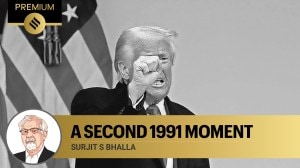‘Hardcore AI features will add significant value for customers’: Motorola’s Shivam Ranjan on Edge 60 Fusion
Motorola’s positioning as a “lifestyle tech brand” involves a strong emphasis on design, materials, colours, and finishes, Ranjan said.
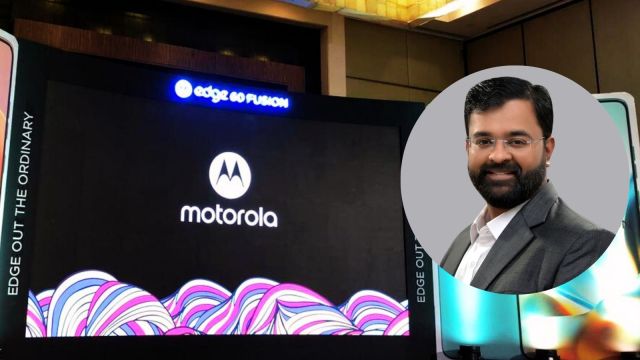 Shivam Ranjan, APAC marketing head of Motorola. (Express Image)
Shivam Ranjan, APAC marketing head of Motorola. (Express Image)Motorola has experienced significant momentum in the Indian smartphone market with an estimated 135.9 per cent growth last year, according to a report by the International Data Corporation (IDC). This impressive growth is primarily being driven by younger customers, including Gen Z, students, and early jobbers, who form the core of the Lenovo-owned smartphone brand’s target segment.
“We are looking to appeal to people who are looking to differentiate themselves by not just owning a tech device such as their smartphone, but are looking at a lifestyle tech device…something that justifies their personality and goes along with their lifestyle,” Shivam Ranjan, the Asia-Pacific (APAC) head of marketing at Motorola, told indianexpress.com on the sidelines of a product briefing in New Delhi recently.
According to him, Motorola’s positioning as a “lifestyle tech brand” involves a strong emphasis on design, materials, colours, and finishes that is driven by its partnership with colour standards company Pantone.
These focus areas along with camera improvements, AI, and an overall open strategy with partners such as Google, have been packaged into the all-new Motorola Edge 60 Fusion that was officially launched on Wednesday, April 2.
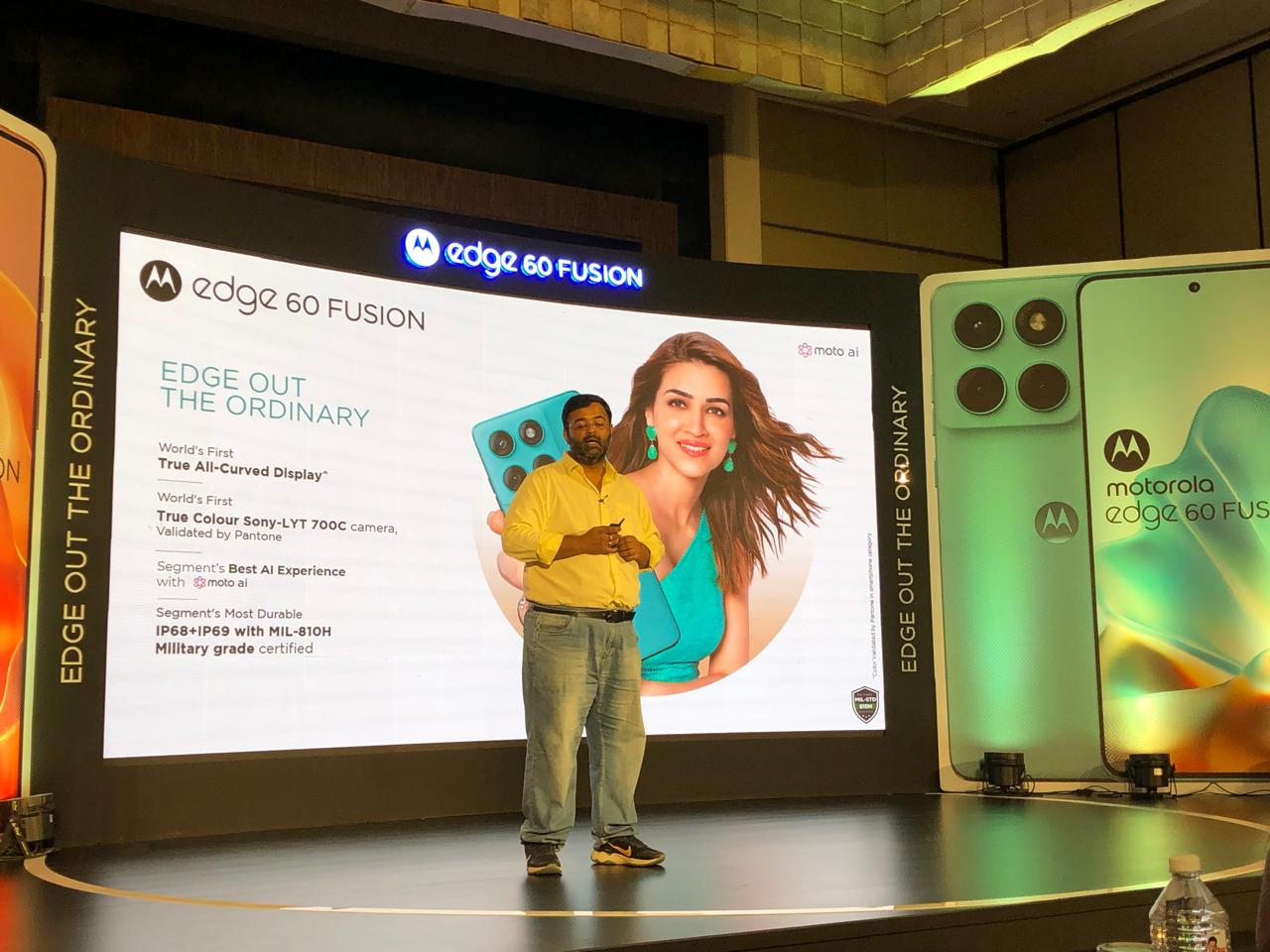 Shivam Ranjan at a product briefing for the Motorola Edge 60 Fusion in New Delhi. (Image: Karan Mahadik/The Indian Express)
Shivam Ranjan at a product briefing for the Motorola Edge 60 Fusion in New Delhi. (Image: Karan Mahadik/The Indian Express)
The Moto G series addresses the mid-segment of smartphones, and the brand’s Razr franchise caters to the flagship or super-premium segment. Meanwhile, the Edge family of models starts from Rs 20,000 and goes up to about Rs 60,000.
When asked about the strategies implemented by Motorola to win over Indian customers, Ranjan pointed to meaningful consumer experiences through software features such as Smart Connect, which allows customers to pair their smartphone with any brand of PC (except Mac) and Android tablet in such a way that they can cross-control cursor movement, sync notifications, and maintain continuous playback of a video or podcast when switching between devices.
Motorola’s AI play
Highlighting Motorola’s approach to integrating AI with its smartphones, Ranjan said, “Through our AI experiences, whether it is in terms of imaging through our Capture bucket or generative AI through our Create bucket or assistive AI through our Assist features, we lead the curve in terms of bringing the best of AI experiences to our consumers at accessible price points.”
Despite an increase in market share from 2.7 per cent in 2023 to six per cent in 2024, Motorola is ranked seventh in India’s competitive smartphone market, just behind Apple at the sixth spot. The top three positions continue to be dominated by vivo, Samsung, and Oppo, as per IDC.
When asked how Motorola plans on catching up with Apple and breaking into the ‘Top Three’, Ranjan suggested sticking with the strategies that have been working for Motorola in the past year. “I firmly believe in the fact that we should not change something that isn’t broken. However, we will also continue to focus on certain aspects which can be improved further. We believe in constantly listening to consumers’ pain points if any and constantly improving,” he said.
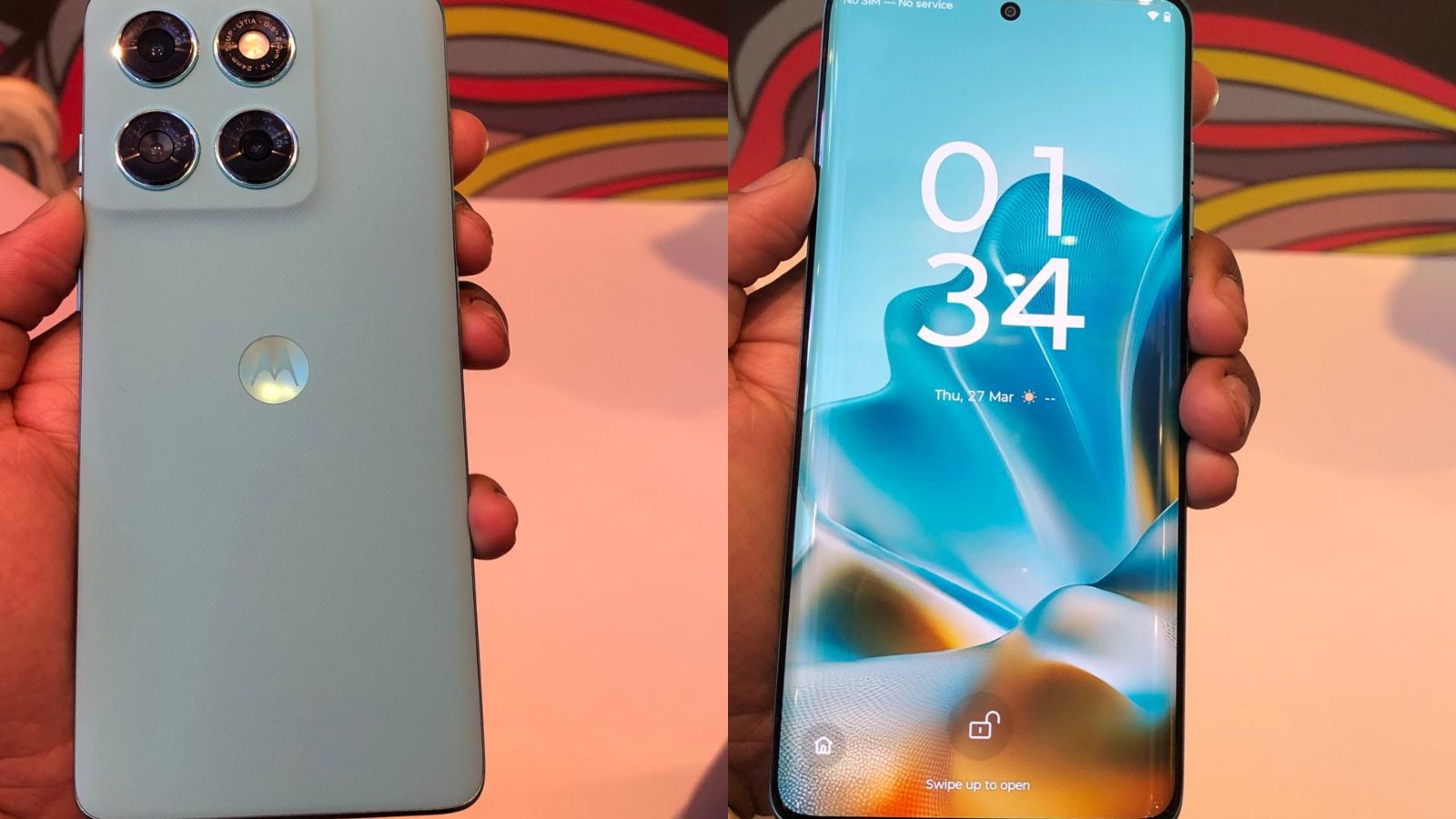 The front and backsides of the Motorola Edge 60 Fusion in Pantone Slipstream. (Image: Karan Mahadik/The Indian Express)
The front and backsides of the Motorola Edge 60 Fusion in Pantone Slipstream. (Image: Karan Mahadik/The Indian Express)
“If you look at the pillars of the Edge 60 franchise today, one of them is ofcourse design. The second is the imaging, where we’ve seen a drastic improvement from last year. But we believe there is potential to further improve with the Edge 60 series, especially with AI features and tuning enhancements coming in,” Ranjan further said.
“Hardcore AI features will add significant value for the consumers. We believe that the smartphone is at the fulcrum of the consumers and hence, bringing in the true AI experience that is meaningful, helpful, and gives consumers use cases that they can really use for their benefit will bring a dramatic change,” he said.
OS and security upgrades
Customers have found that one of the downsides of buying a Motorola smartphone has been the lack of software updates. However, the company is gradually improving in this area. For instance, the Edge 50 Neo launched last year came with a commitment of five more OS upgrades and five years of security updates.
When asked if addressing this customer pain point boosted sales of the Edge 50 Neo, Ranjan said, “While the overall response for the smartphone was good, we did not see any incremental fill in terms of the volume, basis specifically to the five-year upgrade policy.”
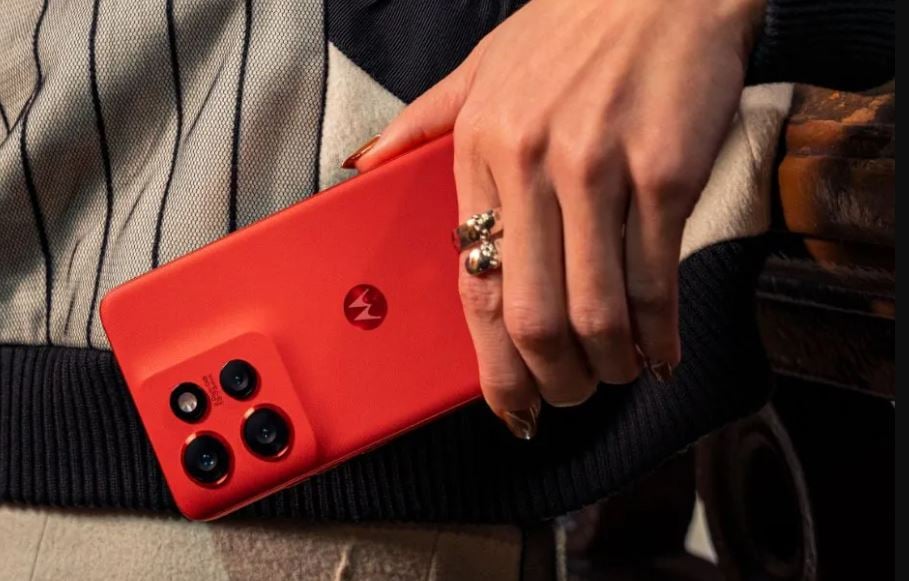 Motorola Edge 50 Neo has a faux leather back. (Image Source: Motorola)
Motorola Edge 50 Neo has a faux leather back. (Image Source: Motorola)
This is probably why Motorola is offering three years of OS updates and four years of security updates for the Edge 60 Fusion models that come with Android 15 and 14. “Customers will always take extra if you give it to them. But if you talk about the actual use case or a reason to buy because of that, we didn’t see that,” the Motorola executive said.
Impact of tariffs on Make-in-India goals
On April 2, US President Donald Trump announced a 26 per cent tariff on India-made goods as part of the broader, comprehensive tariff regime on the country’s trading partners, including China and the European Union (EU).
Prior to ‘Liberation Day’, when Trump’s reciprocal tariffs came into play, made-in-India smartphones sold in the US saw zero tariffs while finished smartphones entering India faced a 16 to 20 per cent tariff rate, as per a report by Barclays.
Now, the 26 per cent reciprocal tariff rate on India could deal an early life-cycle blow to the Indian electronics industry, especially smartphone brands like Apple which currently produces 15 per cent of iPhones in India. Motorola also has a 20-25 per cent production footprint in India carried out by its local contract manufacturer, Dixon Technologies.
Noting that it was difficult to comment on the impact of global tariff policies, Ranjan said that Motorola remains committed to expanding its production capacity in India — not only to support exports but also local demand.
“We believe that with the increase in local demand and with the trends that we are seeing in terms of increasing exports due to certain tariff changes that are happening at a global level, there will be further demand and there will be scope for us to significantly increase our exports.
“If we don’t see a significant growth in exports, we will continue to see significant growth in India. We’ll try and continue that, which means that we have enough demand in the local markets to support that. So we don’t see any situation where we’ll see an inventory overhang at our end,” he further said.
To be sure, Ranjan made these remarks before Trump’s announcement of reciprocal tariffs.
Since then, the India Cellular and Electronics Association of India (ICEA), which represents Motorola and other leading mobile manufacturers, has warned that countries that have secured lower reciprocal tariff rates such as Saudi Arabia and United Arab Emirates could threaten India’s exports.
More Tech
Photos
Top Stories
Must Read
Apr 12: Latest News
- 01
- 02
- 03
- 04
- 05



















